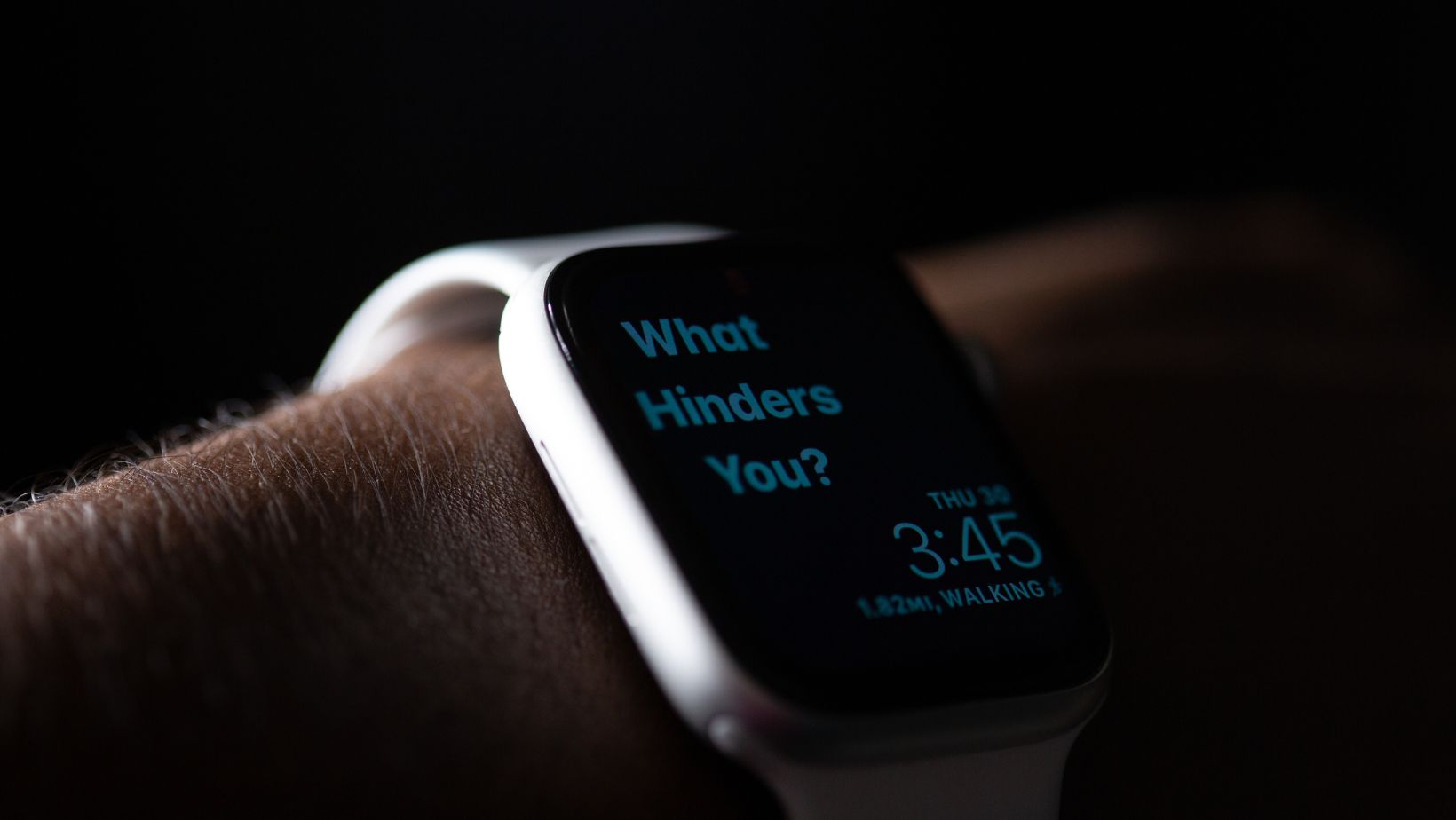
Technology is constantly evolving and horse racing is one of the sports that are typically quickly to adapt to new equipment that is available. The sport has evolved over the generations in which it has been contested, but many of the most famous races that saw it gain its immediate popularity remain to this day.
However, welfare concerns and the need for improved safety conditions have ensured that it looks almost unrecognisable to the modern day’s version of the sport. But, it could be argued that this current version of the sport is the best that we have seen, as fatalities and jockey injuries are at all-time lows.
Technology has been at the forefront of the strides made within the sport, but what are some of the wearable tech that has been adopted by racing in recent history?
Tracking
Being able to track horses is essentially important for trainers and owners, both when it comes to the race itself and during a horse’s time in the yard. Tracking technology enables connections to know exactly where their horses are at all times, while also monitoring important information such as blood pressure and heart rates.
Both factors have an integral important when it comes to how a horse can perform on track, and also increase the knowledge of the trainer on the horse.
The smart wearables are prominent in all professional yards across the world in this modern day, and they have had a huge impact on the welfare of the animals involved within the sport.
You can find more information about horse racing and the road to the Kentucky Derby here: https://www.twinspires.com/kentuckyderby/road-to-the-derby/
Positives of Wearables
There are a vast number of positives that have come with the development of wearable technology for horses. Being able to keep tabs on accurate readings of a horse’s blood pressure and heart rate can ensure that nothing is amiss with the runners. Not only this, but the technology can quickly indicate if there is an underlying issue with a horse that may not be visible from the human eye.
The tech can pick up on any early signs of illness and distress, meaning that it makes it easier for trainers and owners to act quicker when assessing potential issues. Wearable technology is also comfortable for horses, as the smart fabric grips strongly without wires and the removes the threat of rubbing on the skin.
The lightweight fabrics also ensure that there is no additional weight that horses will need to carry, which makes it seamless and straightforward to get accurate readings of a horse when it is training at maximum capacity.
Being able to track a horses speed and distance travelled is also vitally important for trainers, as it can pinpoint areas of weakness for a runner that can be addressed before lining up in a big race.
Why is it Important to Manage a Horse’s Heart Rate?
Just like humans, managing a horse’s heart rate is vitally important to ensure that trainers are able to get the vest best out of their star. Horses shouldn’t be overworked during training, and monitoring heart rate averages via wearable tech is important for trainers to ensure that their runners are kept sharp without going over the edge.
Keeping a close eye on the rates will also help trainers get a better understanding of an equine’s effort levels and whether they are stressful when competing. Only horses that are relaxed will perform at the highest level when the pressure is on, meaning this is always something that leading trainers will be looking to keep a close eye on before big races on the schedule.
Collecting data of a runner’s heart rate is also important for trainers, as they can assess the fitness of their horse over an extended period of time. This could help pinpoint certain training methods in which a runner has excelled during, and also identify periods of the season in which a horse is at their peak level of fitness.
Jockey Safety
As well as equine welfare, keeping riders safe is also vitally important within horse racing. Safety equipment for jockeys has improved considerably over the last 20 years, which has had a direct impact on the number of long-term injuries that riders have sustained.
Huge strides have been made in terms of the helmets that are now worn, while vests are also compulsory to help breaking bones. Of course, there is always the risk of injury, and that can never be eliminated, but tech has played a key role in reducing the chance of a long-term issue being sustained.
Other key areas that have been improved include body protection suits, saddles, and stirrups. All of which continue to be researched, meaning that even more changes are likely to make in the future to enhance the safety of a jockey further.














